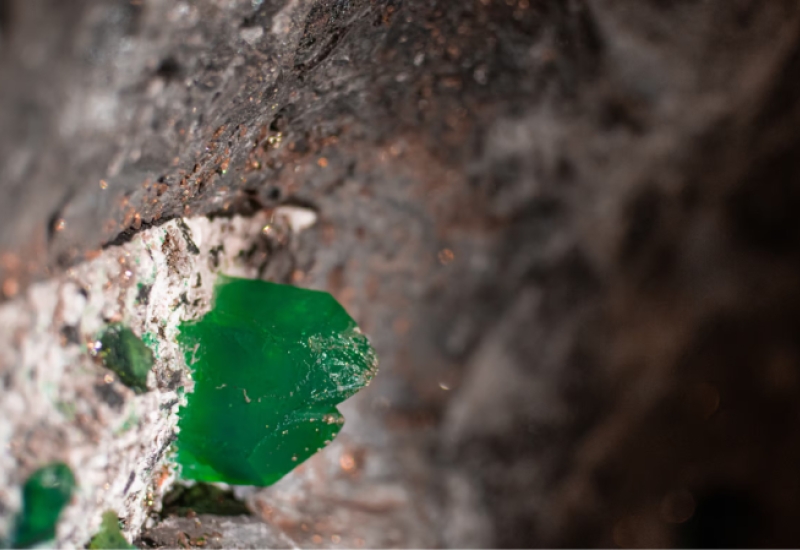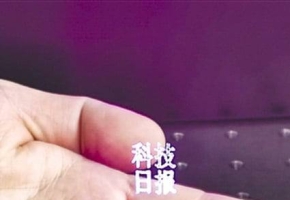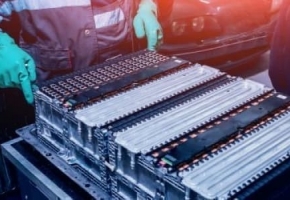Uranium extracted from seawater using candle wax in breakthrough method

Scientists in China have achieved a breakthrough in nuclear energy. They have developed a new method for extracting uranium from seawater using a surprising ingredient: candle wax. This innovation has the potential to revolutionize the nuclear power industry by unlocking a virtually limitless source of fuel.
Nuclear power plants rely on uranium to generate electricity. However, scientists estimate that current land-based uranium reserves, which equal 7.6 million tonnes, can only sustain nuclear energy demand for about a century. “Extracting uranium from the ocean is considered a promising solution for meeting nuclear fuel consumption,” suggested a new study.
The oceans hold approximately 4.5 billion tonnes of uranium – that’s about 1,000 times more than what’s found on land. This immense reserve could potentially power the world for over a millennium, offering a sustainable solution to the growing demand for clean energy.
However, extracting uranium from seawater presents a significant challenge. Uranium is present in very low concentrations in the ocean, making it difficult to isolate efficiently. A team of researchers at the Dalian Institute of Chemical Physics in China has developed a novel and cost-effective method to extract uranium from seawater.
Their method involves creating special absorbent beads using readily available materials, including candle wax. The team’s innovative approach involves dissolving polyamidoxime, a material known for its high affinity for metals, in water and then mixing it with melted candle wax.
The researchers tested their beads in both real and simulated seawater environments with remarkable results. “A high absorption capacity of 4.79 milligrams of uranium per gram of beads from 10l of coastal seawater within 15 days is achieved,” highlighted the study.
The team also tested the beads in uranium-spiked water. After 10 days, the beads demonstrated an extraction efficiency between 95.9 and 99.5 percent.
While extracting uranium from seawater has long been a challenge due to its extremely low concentration, this new method, using highly absorbent materials and a common household item, could finally make it a viable reality.
Source: Wiley Online Library
Image: Vladimir Zepletin/iStock







